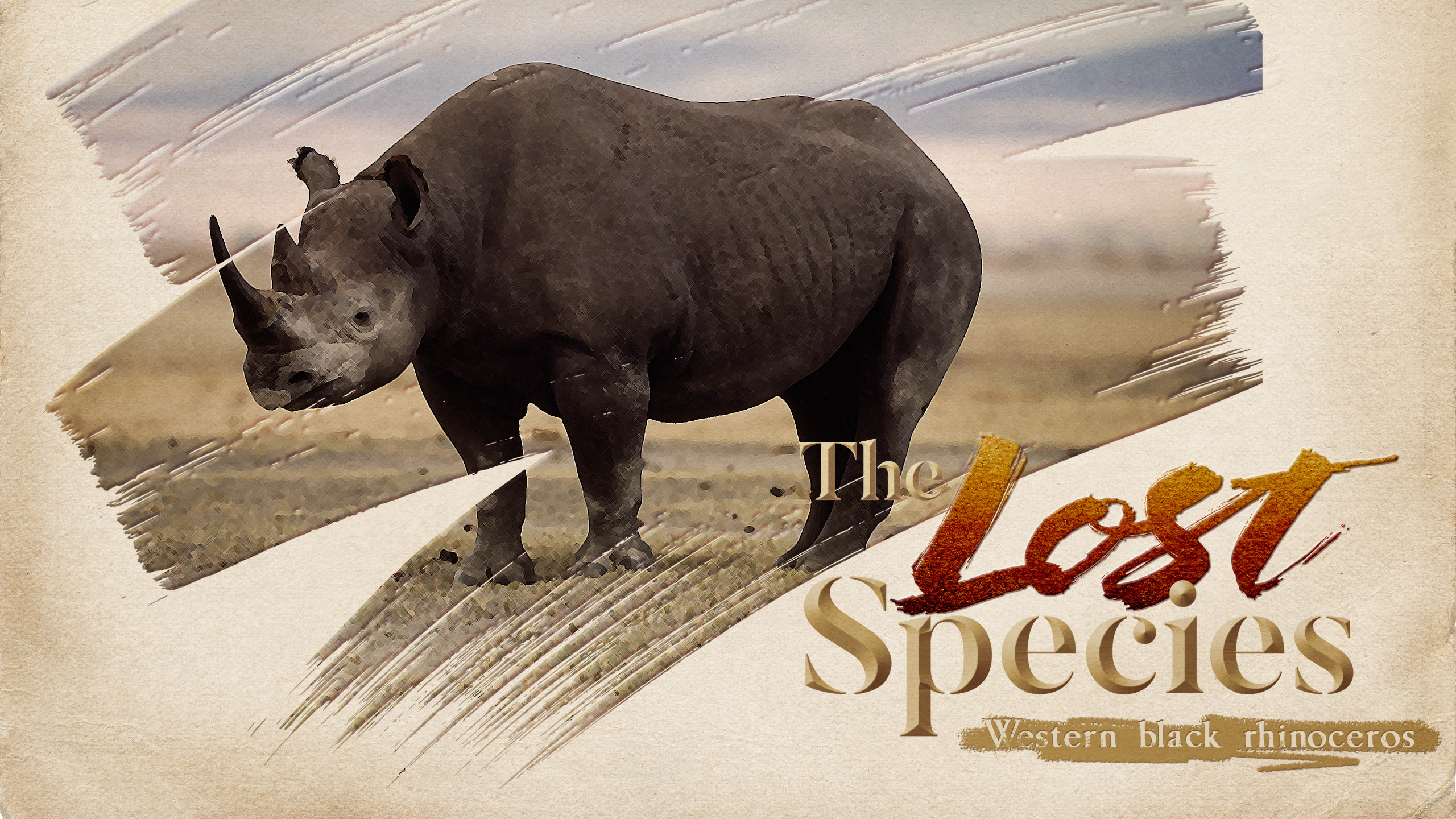

Black Rhino- National Geographic a Black Rhino arrives at a wildlife conservation center to help give its species a much needed boost.Watch five species of rhino on season 25 of Nature as they strive toward survival, with help from such breeding programs at the Cincinnati Zoo & Botanical gardens.Rhinoceros - 2007, PBS with wildlife filmmaker Nigel Marven.John and Judy's game park consists of 11,000 acres. There's a Rhino In My House- 2011, Discovery/Animal Planet Conservationists John and Judy Travers take on a baby black rhino after his mom is killed by poachers.Episodes, The Greatest Show on Earth, Kalahari, and The Future, take a look at black rhinos.Africa- 2013 BBC Sir David Attenborough narrates this 6 episode arc.Watch episode 10 as black rhinos are transported by dangling underneath a helicopter to a safer environment away from poachers.Flight of the Rhino - 2013, BBC Daring plan to save the rhino population by moving them to a secret location.Fifty years later, the children are searching for clues to their childhood friend’s fate. Rupert captured the hearts of the vet’s four young children before his eventual release into the wild. Rescued from flooding caused by the damming of the Zambezi River, Rupert, an orphaned black rhinoceros, was brought up in the suburban family home of wildlife vet Dr.

My Wild Affair: The Rhino Who Joined the Family- 2014, PBS.7-8 Mya, per fossil evidence (Cooke 1972 as cited in Brown & Houlden 2000 George et al. 2 Mya, per mitochondrial DNA evidence (George et al. Species diverged from a common ancestor 2-8 million years ago (Mya).Species subsequently diverged from a this common ancestor.Appeared around 17 million years ago (early Miocene).Appeared around 25 million years ago (late Oligocene).Oldest modern rhino lineage with single horn.Appeared around 26 million years ago (late Oligocene).All evolved over the past 26 million years, according to molecular analyses (Steiner & Ryder 2011).Became extinct around 12,000 years ago (Late Pleistocene).Some specimens found frozen in permafrost and preserved in peat bogs.Woolly rhinoceros ( Coelodonta antiquitatis) lived in Eurasia during last ice age (Kuzmin 2009).Once widespread in North America died out there about 4 million years ago.New species evolved - ecologically diverse, distributed throughout the world.Rhinocerotids appeared in late Eocene in Eurasia, later spread to North America.Lived in Wyoming, Europe, Canadian Arctic, and possibly Asia during middle Eocene.Size of a large dog, with hooves and herbivorous teeth but no horns.Hyrachyus eximus, earliest knonw rhinoceros-like mammal (Prothero et al.First appear in the fossil record around 58 million years ago (upper Paleocene).Perissodactyls (odd-toed hoofed mammals).michaeli (Brown & Houlden 2000)Įvolutionary histor y (from Lacombat 2005 Steiner & Ryder 2011 unless otherwise noted) Mitochondrial analysis suggests about 2.6% difference between D.One study found no significant genetic differences between ecotypes (Amato et al.Conflicting studies compare genetic differences.Dissagreement on subspecific designations (du Toit, 1987 Rookmaaker, 1995 Rookmaaker, 1998) (see Distribution and Habitat).longipes - western black rhino (Emslie 2012)



 0 kommentar(er)
0 kommentar(er)
